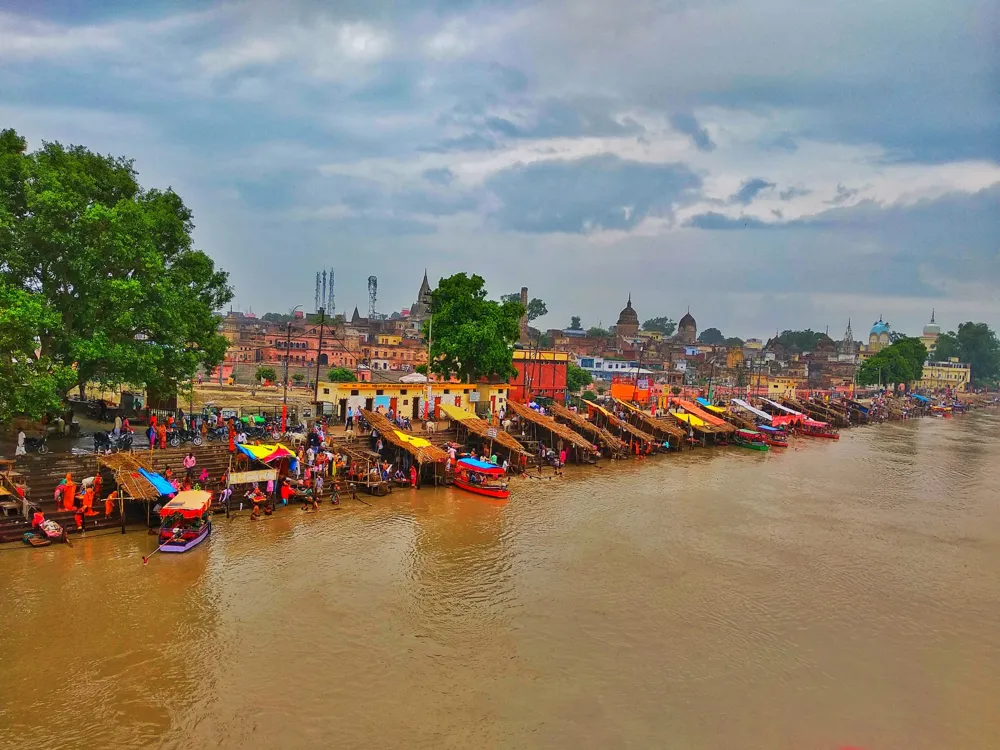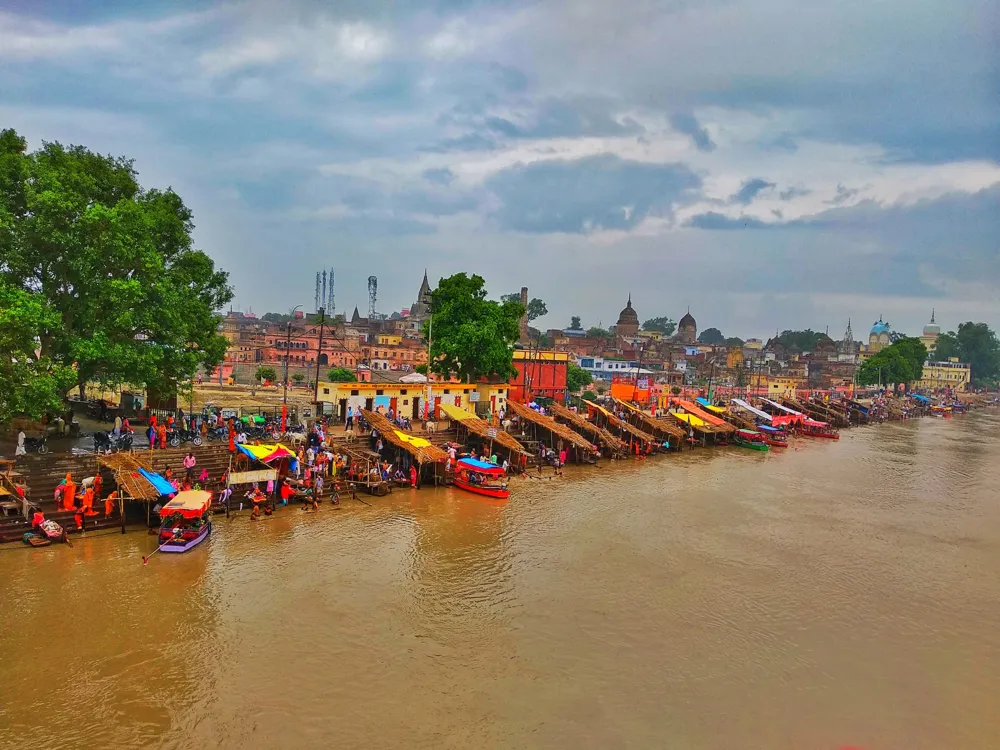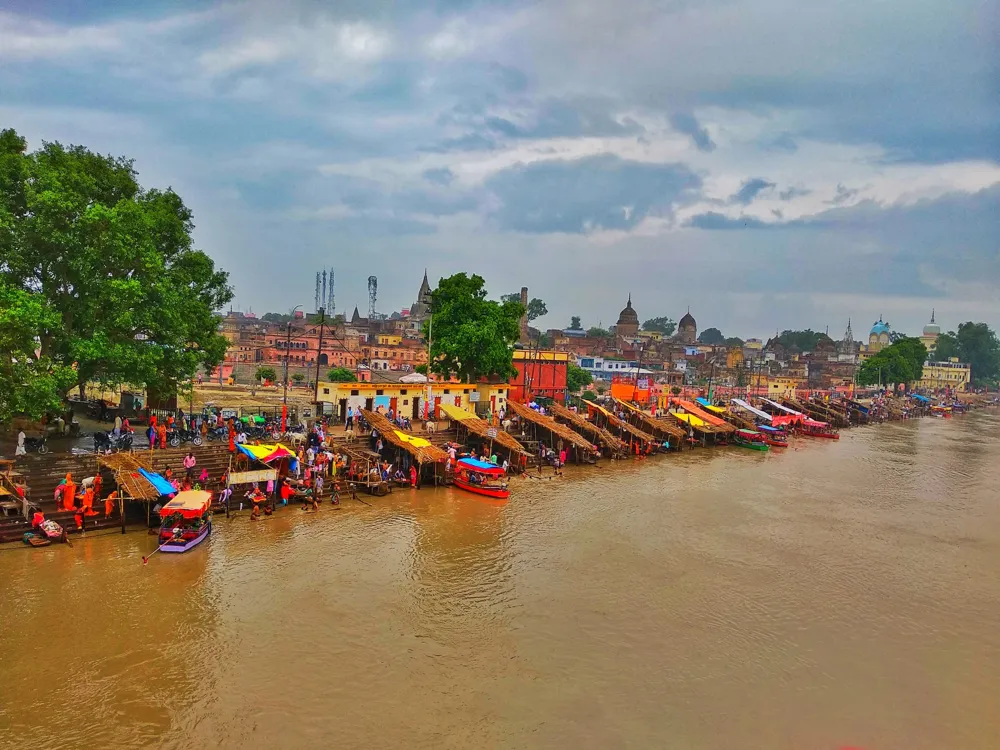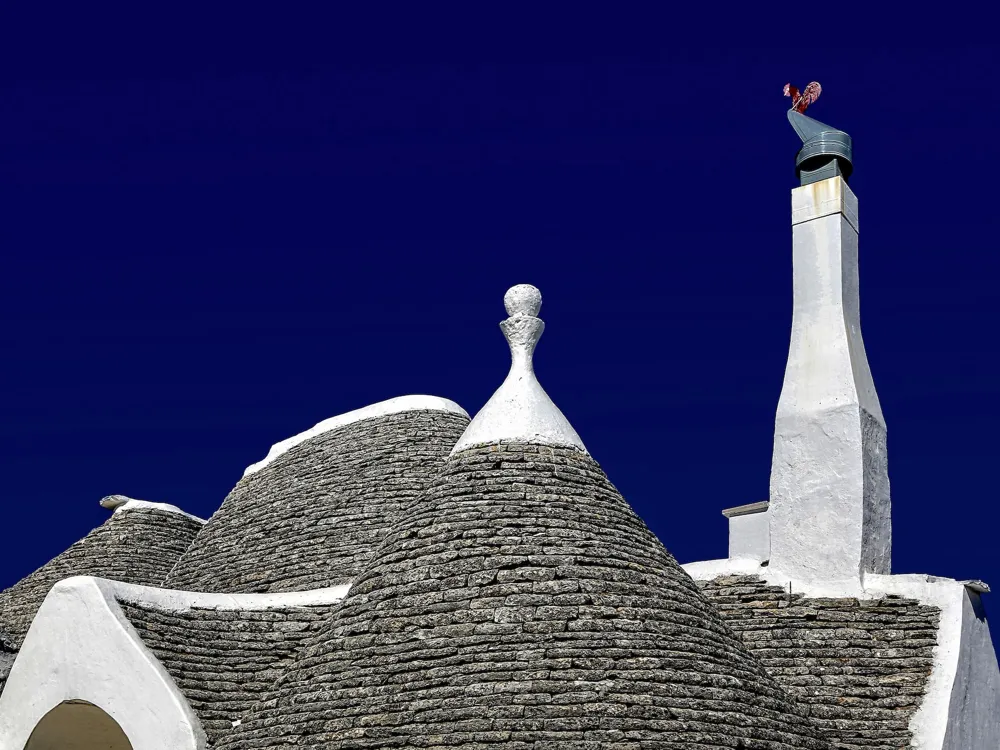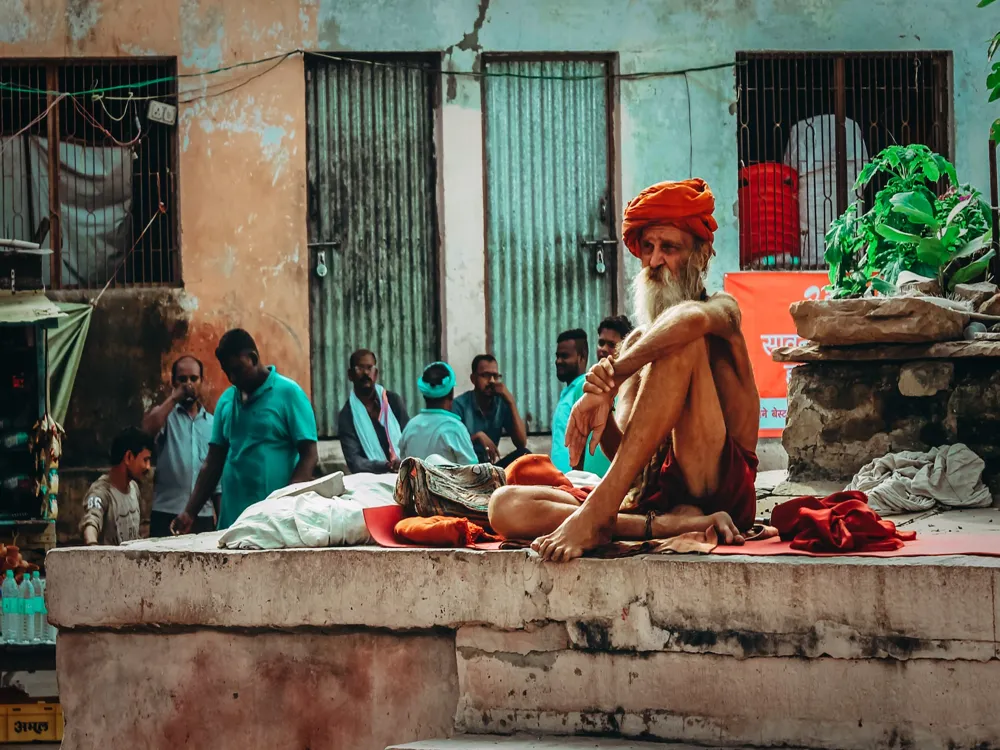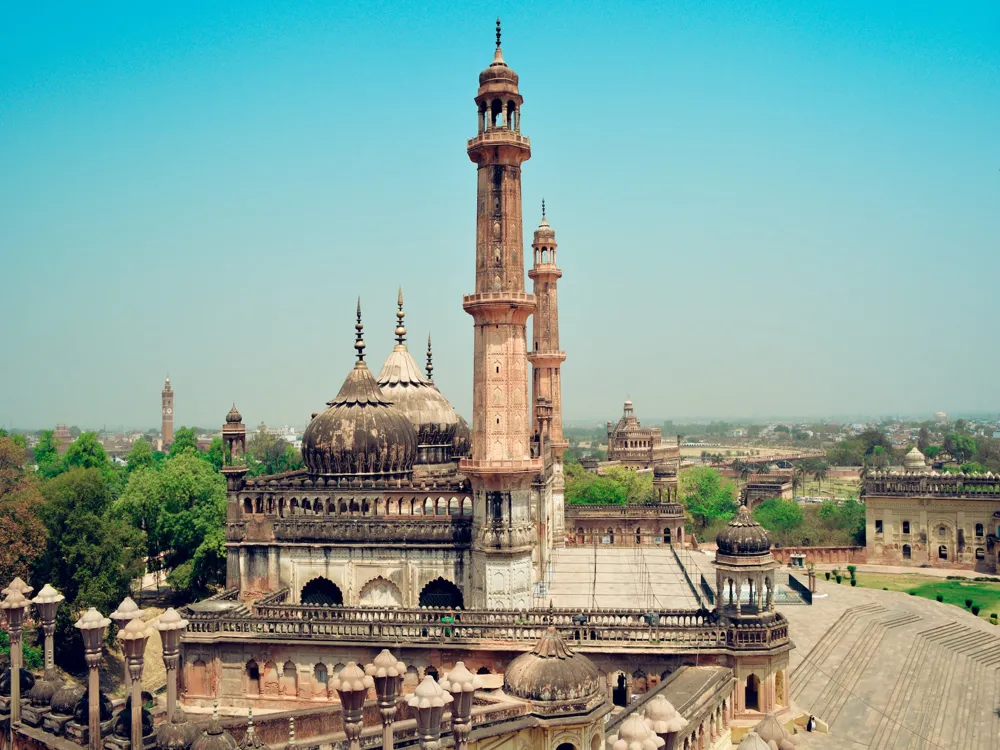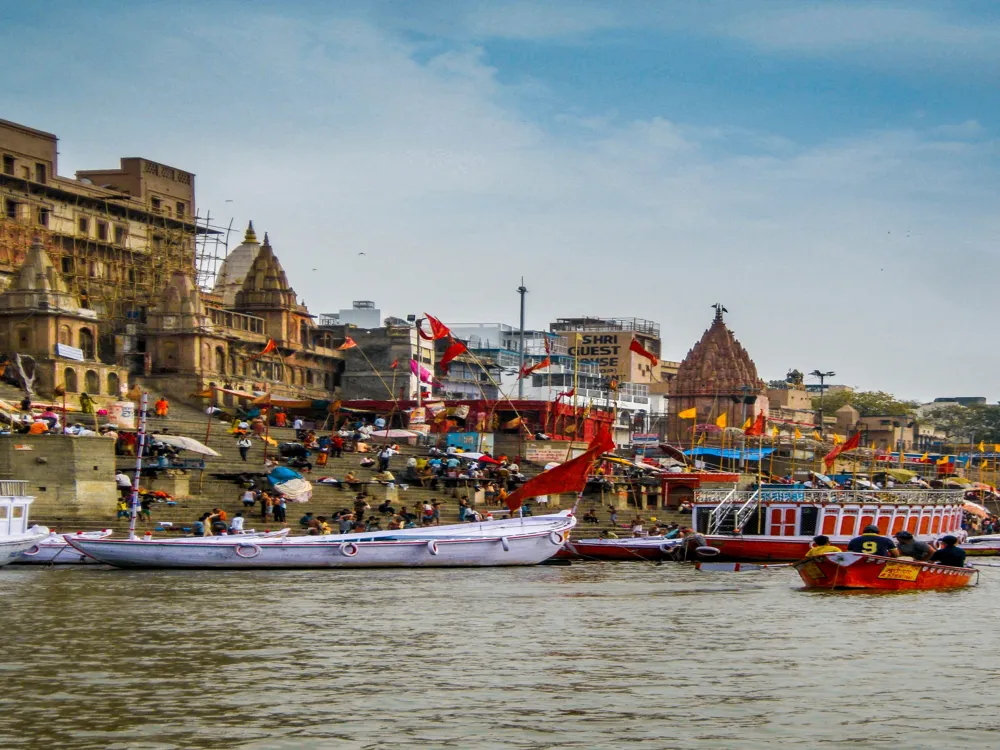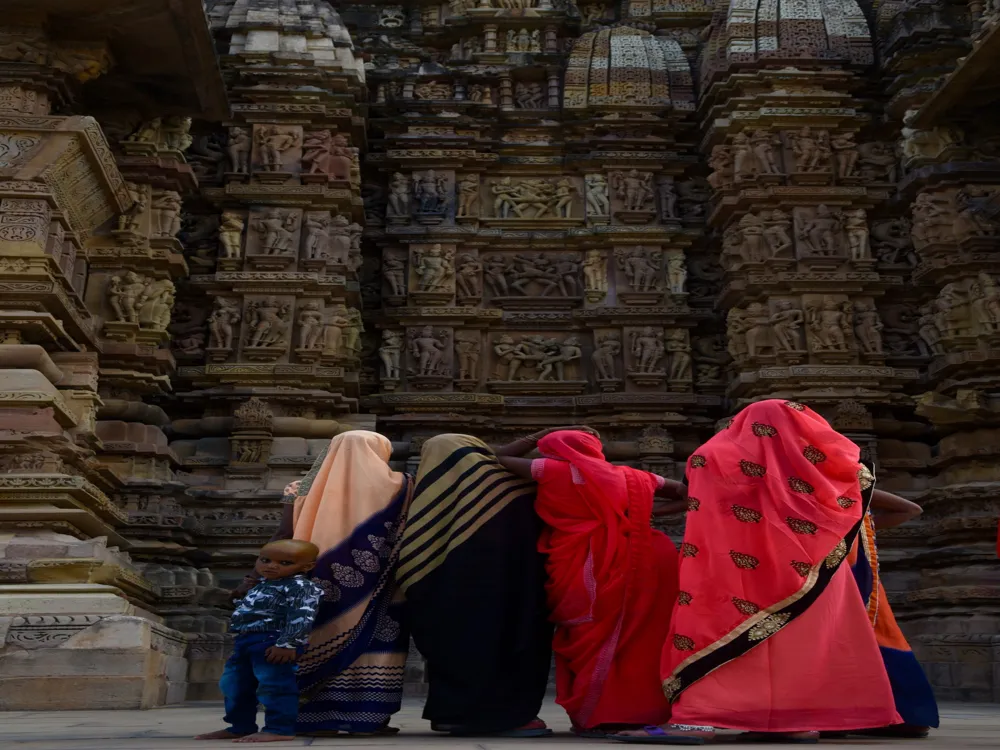Nestled in the heart of Ayodhya, Uttar Pradesh, Choti Chawni presents a splendid illustration of artistic heritage and architectural brilliance in India. This objective monument, frequently overshadowed by its more notorious counterparts, holds a special place in the rich shade of Indian history. Choti Chawni, also known as Mani Parbat, has been a testament to the numerous ages and dynasties that have shaped the region. Its proximity to the legendary Sarayu River adds to its spiritual and objective significance. The name' Choti Chawni' literally translates to' small quarter,' reflecting its part as a part of the larger Ayodhya complex. Historically, it served as a royal residence and, latterly, as a spiritual center. The complex is adorned with intricately sculpted tabernacles, ancient structures, and lush auditoriums, making it a serene retreat in the bustling megacity of Ayodhya. The point is invested with tales and legends from the Ramayana, one of India's topmost epics, making it an essential visit for those interested in the country's mythological and artistic heritage. The architectural majesty of Choti Chawni in Ayodhya is a testament to the skill and art of ancient Indian engineers. The complex features a mix of colorful architectural styles, generally Mughal and Awadhi architecture. The main structure is characterized by its high polls, intricate busts, and extensive yards. The emulsion of Islamic and Hindu architectural rudiments is a unique aspect of Choti Chawni, emblematizing the convergence of different artistic and religious influences over the centuries. The use of locally sourced red sandstone and marble is prominent in the construction, giving the structure its distinct tinge and fineness. The detailed busts on the walls and pillars depict scenes from the Ramayana and other Hindu holy writings, alongside flowery and geometric motifs common in Islamic art. The layout of the complex is precisely designed to align with traditional Vastu Shastra principles, assuring a harmonious balance with the natural surroundings. The ideal time to visit Choti Chawni is between October and March, when the rainfall in Ayodhya is affable, with cooler temperatures and a minimum downfall. This period also coincides with several Hindu carnivals, offering a unique artistic experience. Callers are advised to dress modestly, esteeming the religious and artistic significance of the point. It's recommended to avoid revealing apparel and to remove footwear before entering the tabernacle demesne. While photography is generally allowed in the complex, it's important to admire the sequestration of worshippers and avoid taking film during prayer times or in confined areas. Engaging with original customs and traditions can enrich your visit. Sharing in the aarti observances or seeking blessings from the tabernacle preachers can be a spiritually satisfying experience. Choti Chawni is easily accessible from the colorful corridor of India. Ayodhya is well-connected by road, rail, and air. The nearest airport is in Faizabad, about 8 kilometers from Ayodhya. Regular motorcars and hacks are available in major metropolises in Uttar Pradesh. Ayodhya Road Station is the closest railhead, with trains from several major Indian metropolises. For those driving, Ayodhya is connected through a network of public and state roadways. READ MORE:-Overview of Choti Chawni in Ayodhya, Uttar Pradesh
Architecture of Choti Chawni
Tips for Visiting Choti Chawni
Best Time to Visit
Dress Code and Etiquette
Photography Guidelines
Local Customs and Traditions
How To Reach Choti Chawni
Choti Chawni
Ayodhya
Uttar Pradesh
₹ 9,500 onwards
View ayodhya Packages
Ayodhya Travel Packages
View All Packages For Ayodhya
Top Hotel Collections for Ayodhya

Private Pool

Luxury Hotels

5-Star Hotels

Pet Friendly
Top Hotels Near Ayodhya
Other Top Ranking Places In Ayodhya
View All Places To Visit In ayodhya
View ayodhya Packages
Ayodhya Travel Packages
View All Packages For Ayodhya
Top Hotel Collections for Ayodhya

Private Pool

Luxury Hotels

5-Star Hotels

Pet Friendly







